| [1] |
兰吉武, 詹良通, 李育超, 等. 填埋垃圾初始含水率对渗滤液产量的影响及修正渗滤液产量计算公式[J]. 环境科学, 2012, 33(4): 1389-1396. (LAN Ji-wu, ZHAN Liang-tong, LI Yu-chao, et al. Impacts of initial moisture content of MSW waste on leachate generation and modified formula for predicting leachate generation[J]. Environmental Science, 2012, 33(4): 1389-1396. (in Chinese))
|
| [2] |
SCHROEDER P R, DOZIER T S, ZAPPI P A, et al. The hydrologic evaluation of landfill performance (HELP) model: engineering documentation for version3[D]. Washington: U. S. Environmental Protection Agency Office of Research and Development, 1994.
|
| [3] |
万晓丽. 垃圾填埋场导排层渗滤液水位研究[D]. 杭州: 浙江大学, 2008. (WAN Xiao-li. Numerical study on liquid depth over landfill liner[D]. Hangzhou: Zhejiang University, 2008. (in Chinese))
|
| [4] |
AHMED S K, KHANBILVARDI R M, FILLOS J, et al. Two-dimensional leachate estimation through landfills[J]. Joumal of Hydraulic Engineering, 1992, 118(2): 306-322.
|
| [5] |
KHANBILVARDI Reza M, AHMED Shabbir, GLEASON Phillip J. Flow investigation for landfill leachate[J]. Jounal of Environmental Engineering, 1995, 121(1): 45-57.
|
| [6] |
王学华, 胡玉才, 吴健民. 山谷型垃圾填埋场渗沥液水量计算方法比较研究[J]. 环境与城市生态, 1995, 8(4): 38-41. (WANG Xue-hua, HU Yu-cai, WU Jian-min. Comparative method of quantity balance for valley pattern msw landfill leakage[J]. Urban Environment & Urban Ecology, 1995, 8(4): 38-41. (in Chinese))
|
| [7] |
黄志中, 弓晓峰. 山谷型垃圾卫生填埋场渗滤液水量计算[J]. 江西化工, 2005, 21(1): 89-92. (HUANG Zhi-zhong, GONG Xiao-feng. Quantity balance for valley pattern msw landfill site leakage[J]. Jiangxi Chemical Industry, 2005, 21(1): 89-92. (in Chinese))
|
| [8] |
HJ564—2010 生活垃圾填埋场渗滤液处理工程技术规范[S]. 2010. (HJ564—2010 Leachate treatment project technical specification of municipal solid waste landfill[S]. 2010. (in Chinese))
|
| [9] |
孙 钥, 李国建. 垃圾渗滤水水量计算中的几个问题[J]. 环境卫生工程, 1998, 6(4): 139-140. (SUN Yao, LI Guo-jian. Several problems about predicting landfill leachate[J]. Environmental Sanitation Engineering, 1998, 6(4): 139-140. (in Chinese))
|
| [10] |
CJJ176—2012 生活垃圾卫生填埋场岩土工程技术规范[S]. 2012. (CJJ176—2012 Technical code for geotechnical engineering of municipal solid waste sanitary landfill[S]. 2012. (in Chinese))
|
| [11] |
魏海云, 詹良通, 陈云敏, 等. 城市生活垃圾持水曲线的试验研究[J]. 岩土工程学报, 2007, 29(5): 712-716. (WEI Hai-yun, ZHAN Liang-tong, CHEN Yun-min, et al. Experimental study on soil water characteristic curve of municipal solid waste[J]. Chinese Journal of Geotechnical Engineering, 2007, 29(5): 712-716. (in Chinese))
|
| [12] |
黄 涛, 李志华. 城市生活垃圾卫生填埋场可生物降解组分降解量化分析[D]. 成都: 西南交通大学, 2006. (HUANG Tao, LI Zhi-hua. Quantitative analysis for the biologieal degradable composition of municipal solid waste[D]. Chengdu: Southwest Jiaotong University, 2006. (in Chinese))
|
| [13] |
何 丹. 垃圾填埋场水分迁移规律研究[D]. 武汉: 华中科技大学, 2008. (HE Dan. A study on the law of the water/leachate migration in landfill[D]. Wuhan: Huazhong University of Science and Tichnology, 2008. (in Chinese))
|
| [14] |
周德庆. 微生物学教程[M]. 北京: 高等教育出版社, 2002: 101-119. (ZHOU De-qing. Microbiology tutorials[M]. Beijing: Higher Education Press, 2002: 101-119. (in Chinese))
|
| [15] |
冉 龙. 城市生活垃圾的压缩和渗透特性及填埋场水力特性研究[D]. 杭州: 浙江大学, 2005. (RAN Long. Study of compression and filtration behaviors of MSW and hydraulic behaviors of landfills[D]. Hangzhou: Zhejiang University, 2005. (in Chinese))
|
| [16] |
刘 钊. 填埋垃圾渗透特性测试及抽排竖井渗流分析[D]. 杭州: 浙江大学, 2010. (LIU Zhao. Experimental study on hydraulic conductivity of municipal solid waste and analysis of pumping vertical well[D]. Hangzhou: Zhejiang University, 2010. (in Chinese))
|
| [17] |
KRISHNA R, REDDY, et al. Hydraulic conductivity of MSW in landfills[J]. Journal of Environmental Engineering, 2009, 135(8): 677-683.
|
| [18] |
王文芳. 不同降解龄期下城市固体废弃物渗透性研究[D]. 杭州: 浙江大学, 2012. (WANG Wen-fang. Laboratory research on saturated hydraulic conductivity of municipal solid Waste under different degradation age[D]. Hangzhou: Zhejiang University, 2012. (in Chinese))
|
| [19] |
CAMPBELL G S. A simple method for determining unsaturated conductivity from moisture retention data[J]. Soil Sci, 1974, 117(6): 311-314.
|
| [20] |
兰吉武. 填埋场渗滤液产生、运移及水位雍高机理和控制[D]. 杭州: 浙江大学, 2012. (LAN Ji-wu. Mechanism of leachate generation, transport and mound in MSW landfills and control of leachate level[D]. Hangzhou: Zhejiang University, 2012. (in Chinese))
|
| [21] |
JANG Y S, KIM Y W, LEE S I. Hydraulic properties and leachate level analysis of Kimpo Metropolitan Landfill, Korea[J]. Waste Management, 2002, 22(3): 261-267.
|
| [22] |
雷志栋, 杨诗秀, 谢森传, 等. 土壤水动力学[M]. 北京: 清华大学出版社, 1988. (LEI Zhi-dong, YANG Shi-xiu, XIE Sen-chuan, et al. Soil hydrodynamic[M]. Beijing: Tsinghua University Press, 1988. (in Chinese))
|
| [23] |
温俊明, 吴俊锋. 中国城市生活垃圾特性及焚烧处理现状[J]. 上海电气技术, 2009, 2(1): 43-48. (WEN Jun-ming, WU Jun-feng. The characteristics of the MSW in China and its incineration treatment status[J]. Journal of Shanghai Electric Technology, 2009, 2(1): 43-48. (in Chinese))
|
| [24] |
赵 吉, 孙卫国, 杨加利, 等. 呼和浩特市城市生活垃圾组成及特性分析[J]. 内蒙古大学学报(自然科学版), 2005, 36(1): 100-103. (ZHAO Ji, SUN Wei-guo, YANG Jia-li, et al. Composition and characteristic analysis of municipal solid waste in hohhot city[J]. Scientiarum Naturalium Universitatis Neimongol, 2005, 36(1): 100-103. (in Chinese))
|
| [25] |
倪 娜, 洪国才. 杭州市城市生活垃圾物理化学特性及处置对策[J]. 环境生工程, 2005, 13(5): 31-36. (NI Na, HONG Guo-cai. Physicochemical properties and treatment countermeasure of domestic waste in Hangzhou city[J]. Environmental Sanitation Engineering, 2005, 13(5): 31-36. (in Chinese))
|
| [26] |
秦宇飞, 白 焰, 王 潇, 等. 北京市朝阳区城市生活垃圾组分分布特性研究[J]. 环境工程学报, 2009, 3(8): 1499-1502. (QIN Yu-fei, BAI Yan, WANG Xiao, et al. Distribution characters of municipal solid waste in Chaoyang District of Beijing[J]. Chinese Journal of Environmental Engineering, 2009, 3(8): 1499-1502. (in Chinese)).
|
| [27] |
涂 帆, 钱学德. 中美垃圾填埋场垃圾土的重度、含水率和相对密度[J]. 岩石力学与工程学报, 2008, 27(1): 3075-3081. (TU-Fan, QIAN Xue-de. Unit weight, water content and specific gravity of municipal solid waste in China and United States[J]. Chinese Journal of Rock Mechanics and Engineering, 2008, 27(1): 3075-3081. (in Chinese))
|
| [28] |
BENBELKACEM H, BAYARD R, ABDELHAY A, et al. Effect of leachate injection modes on municipal solid waste degradation in anaerobic bioreactor[J]. Bioresource Technology, 2010, 101(14): 5206-5212.
|
| [29] |
PATUMSAWAD S, CLIFFE K R. Experimental study on fluidised bed combustion of high moisture municipal solid waste[J]. Energy Conversion and Management, 2002, 43(17): 2329-2340.
|



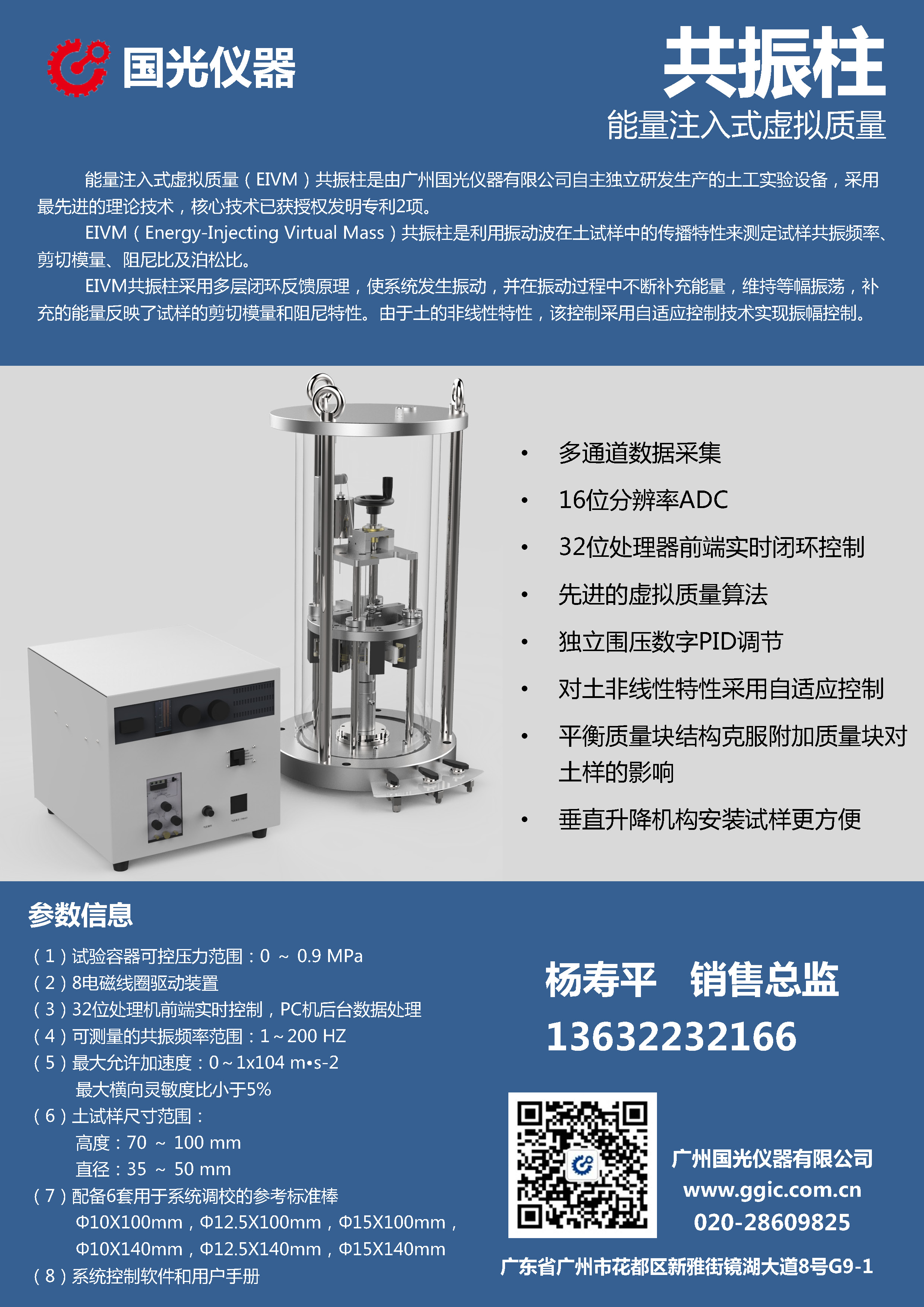
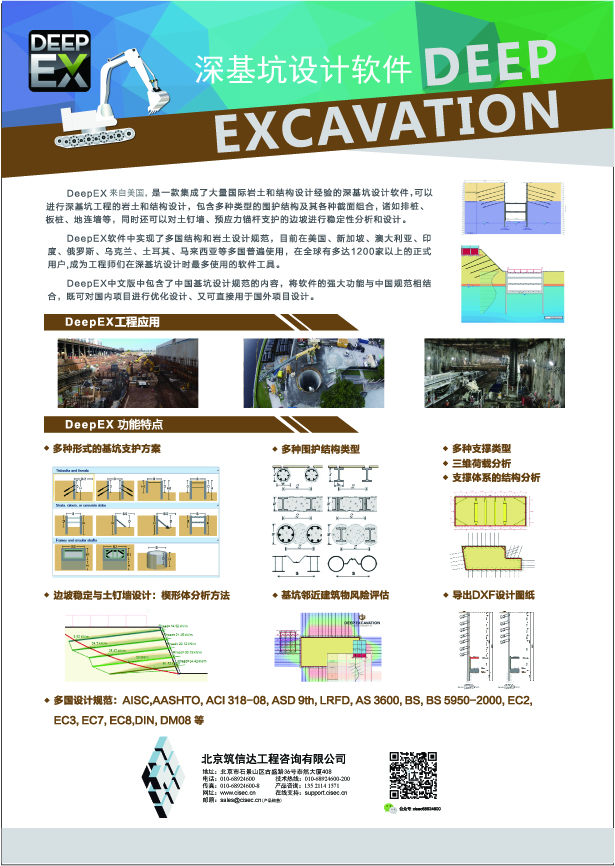
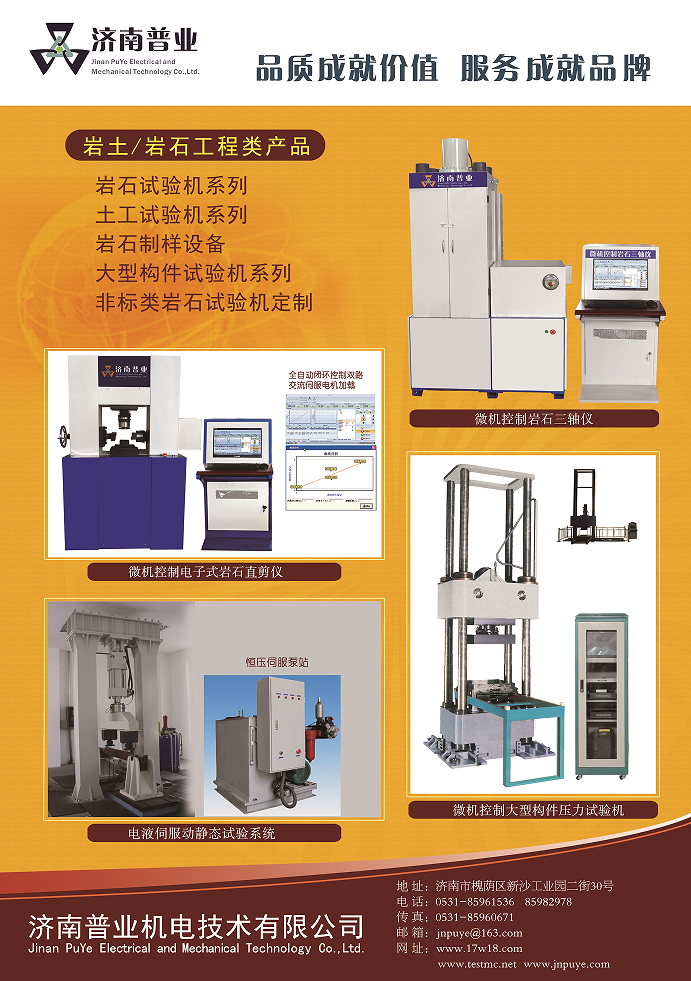
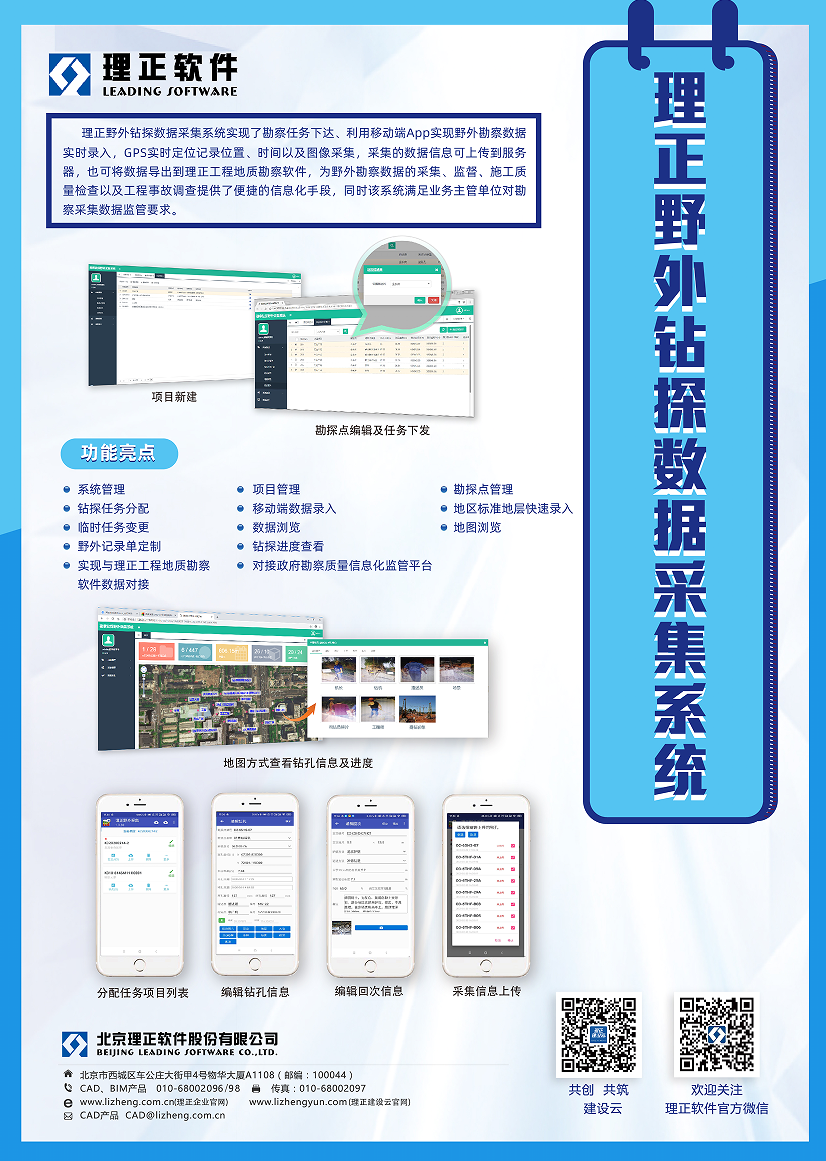
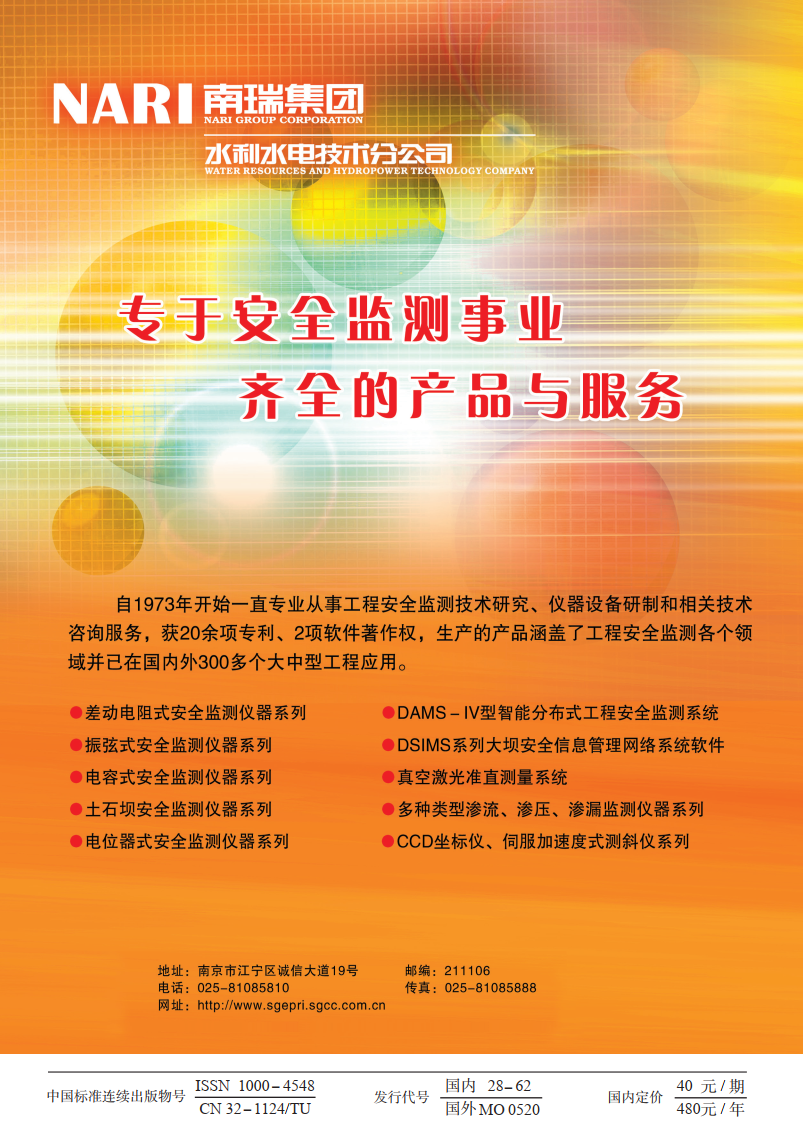
 下载:
下载:
